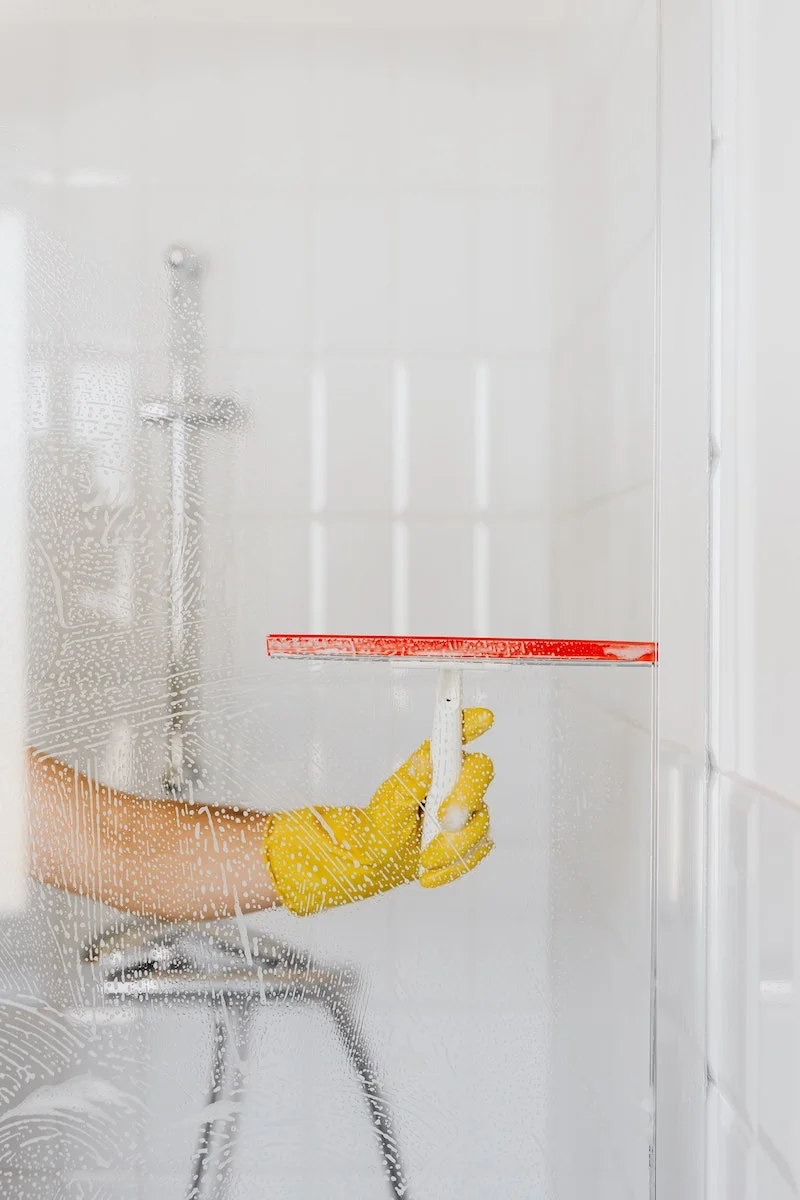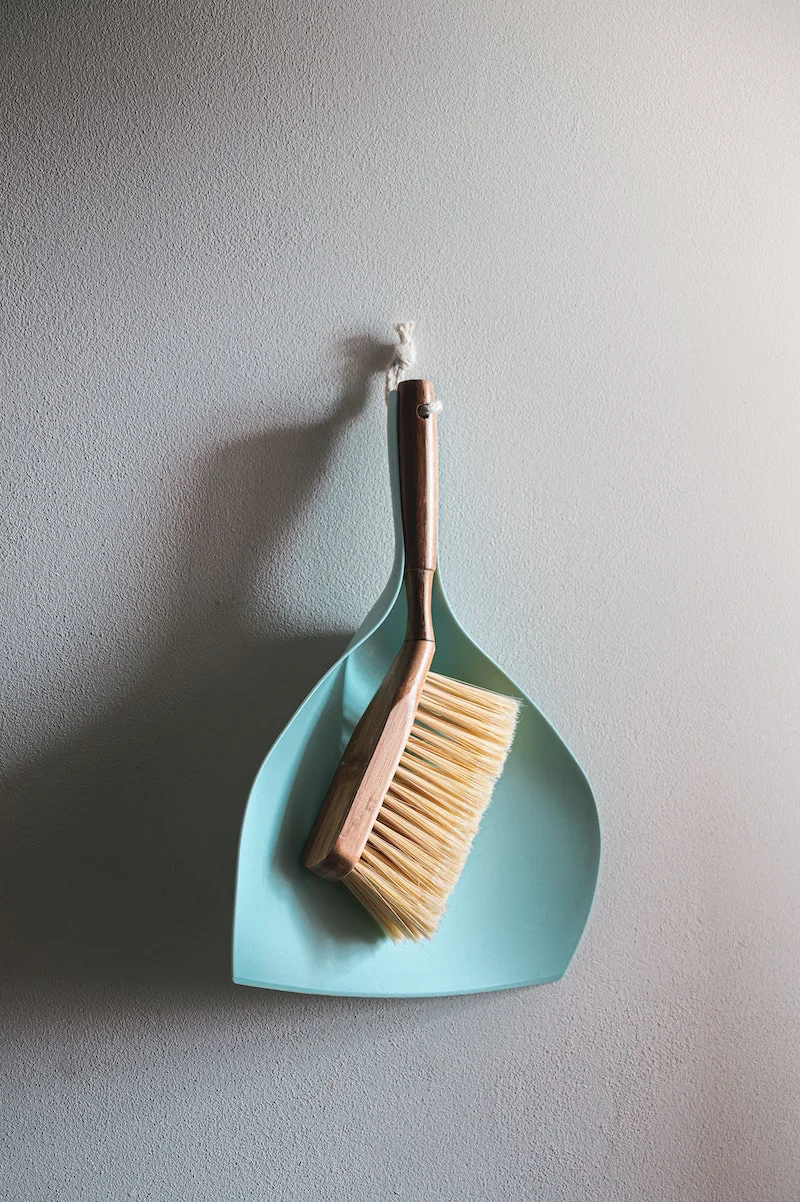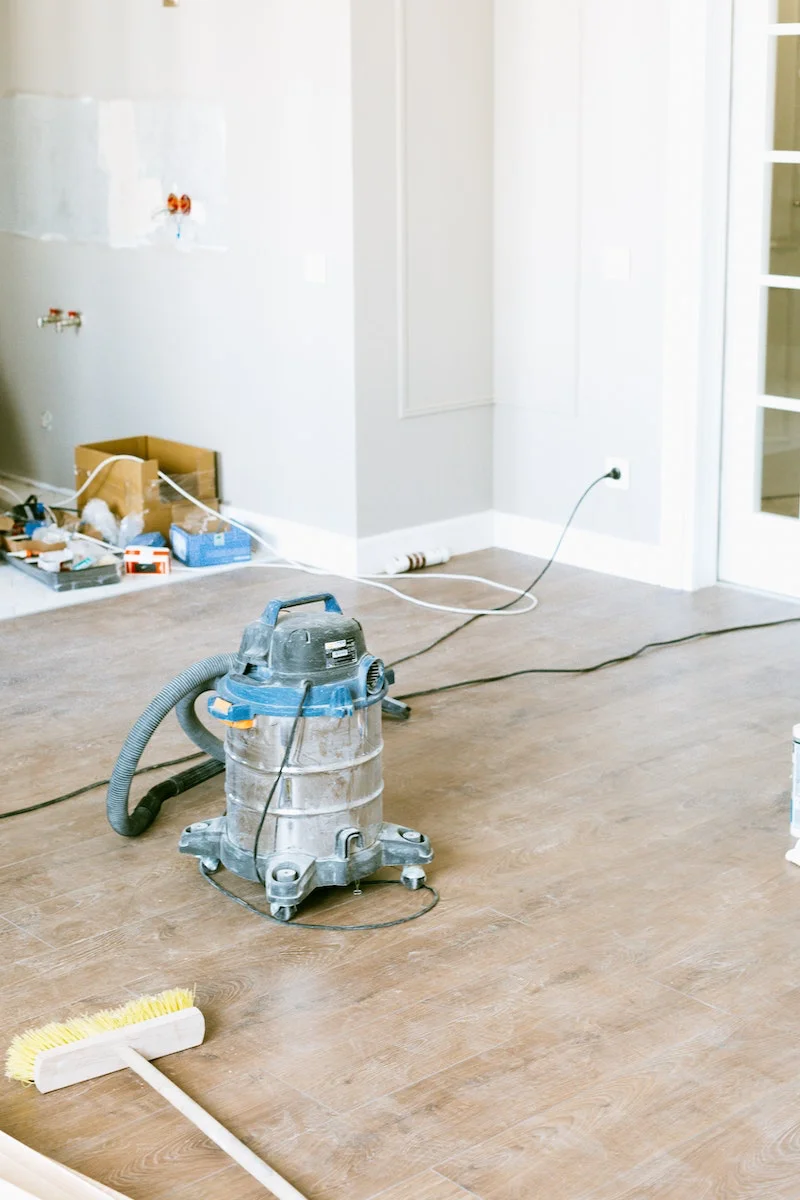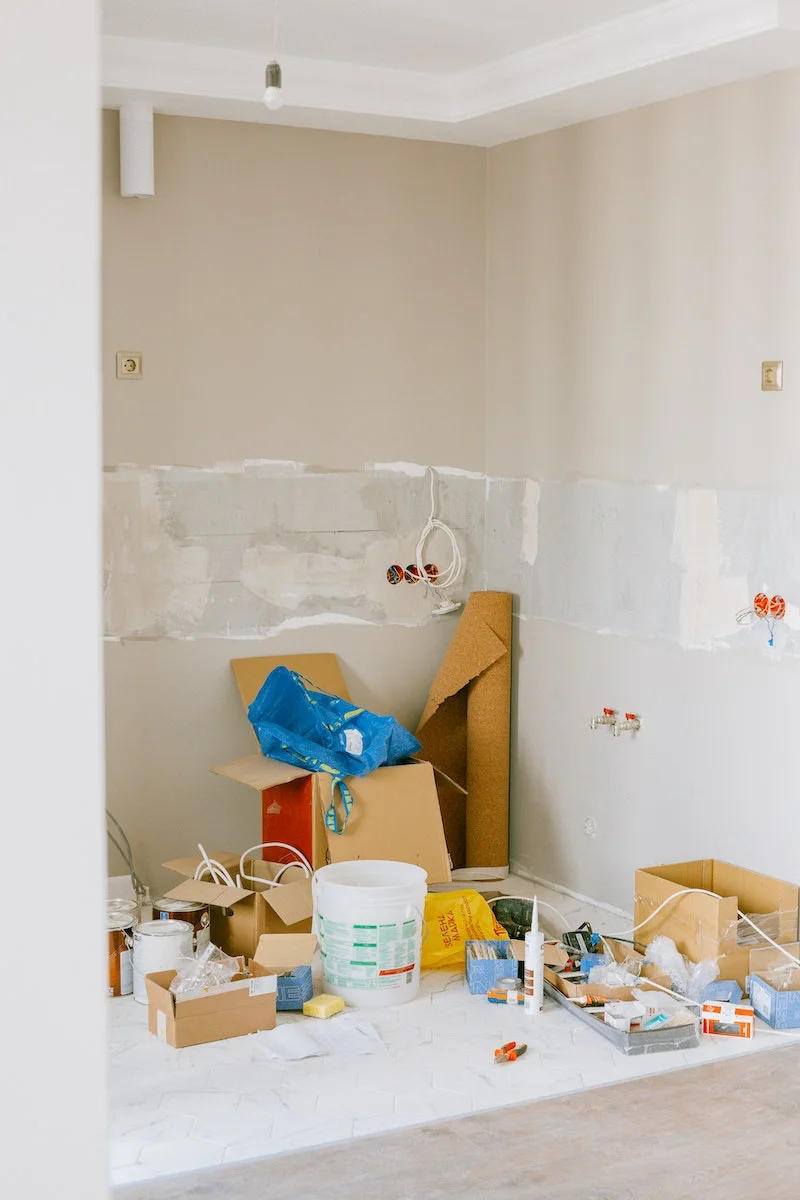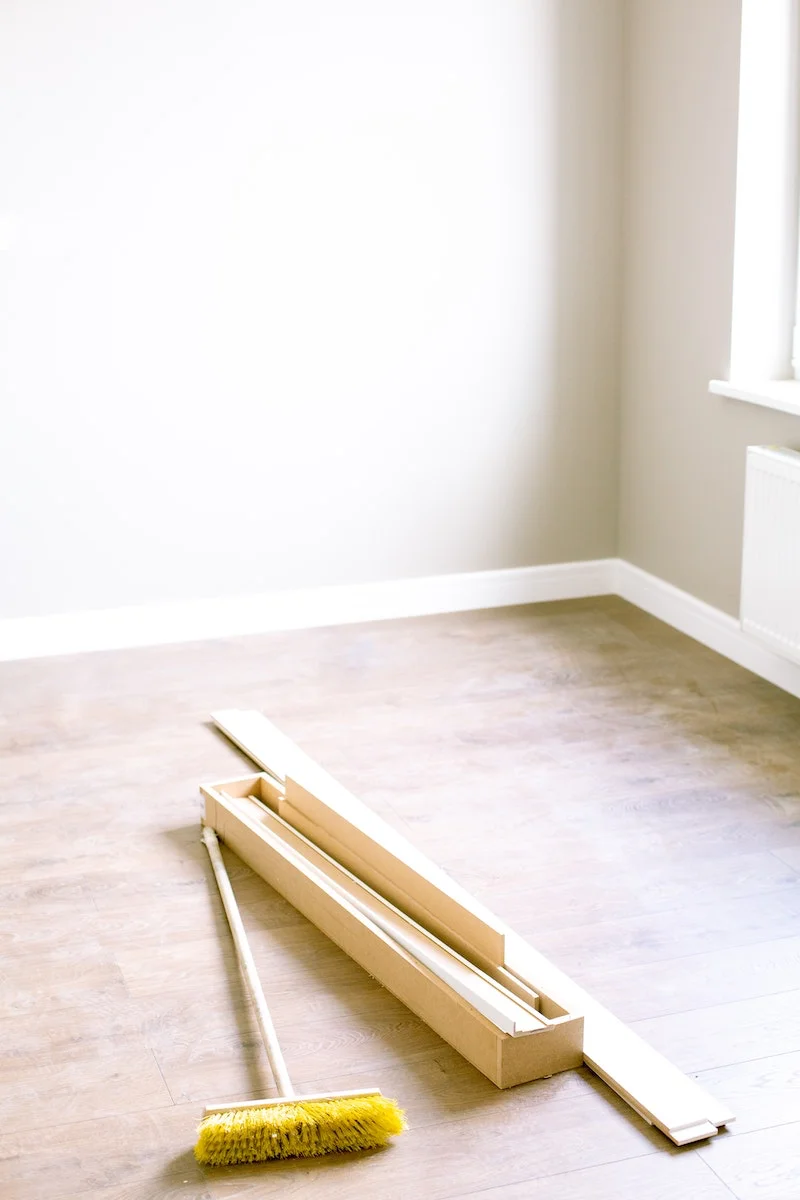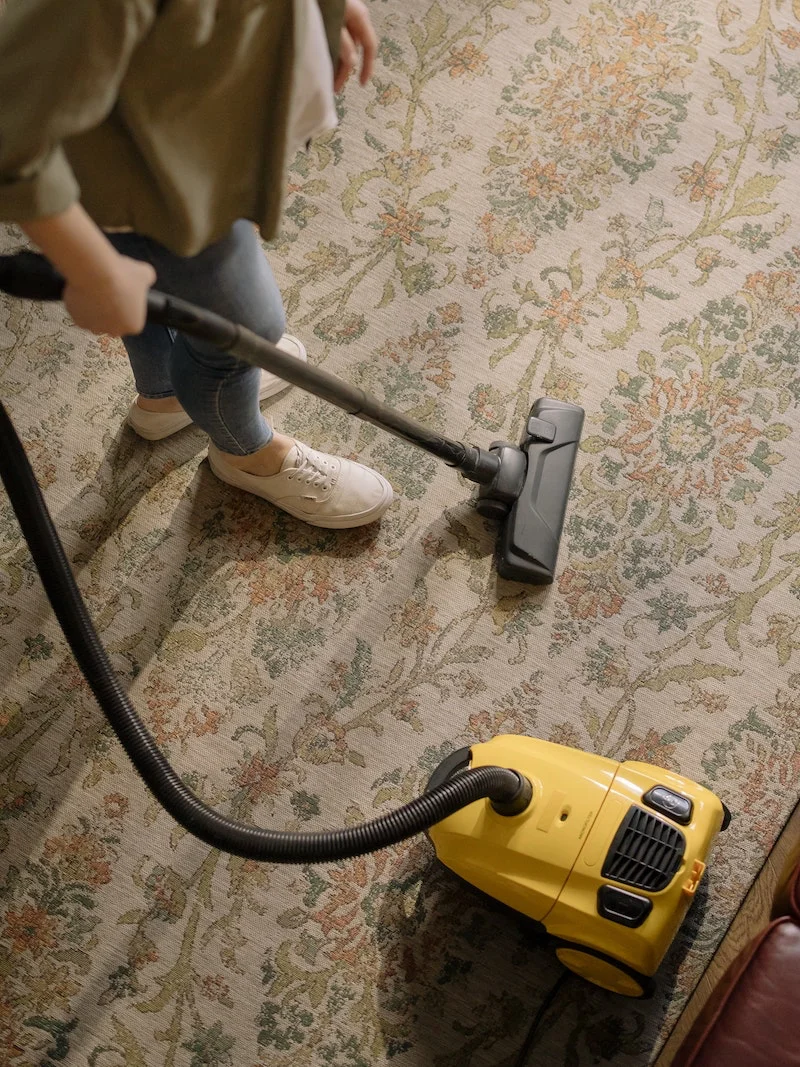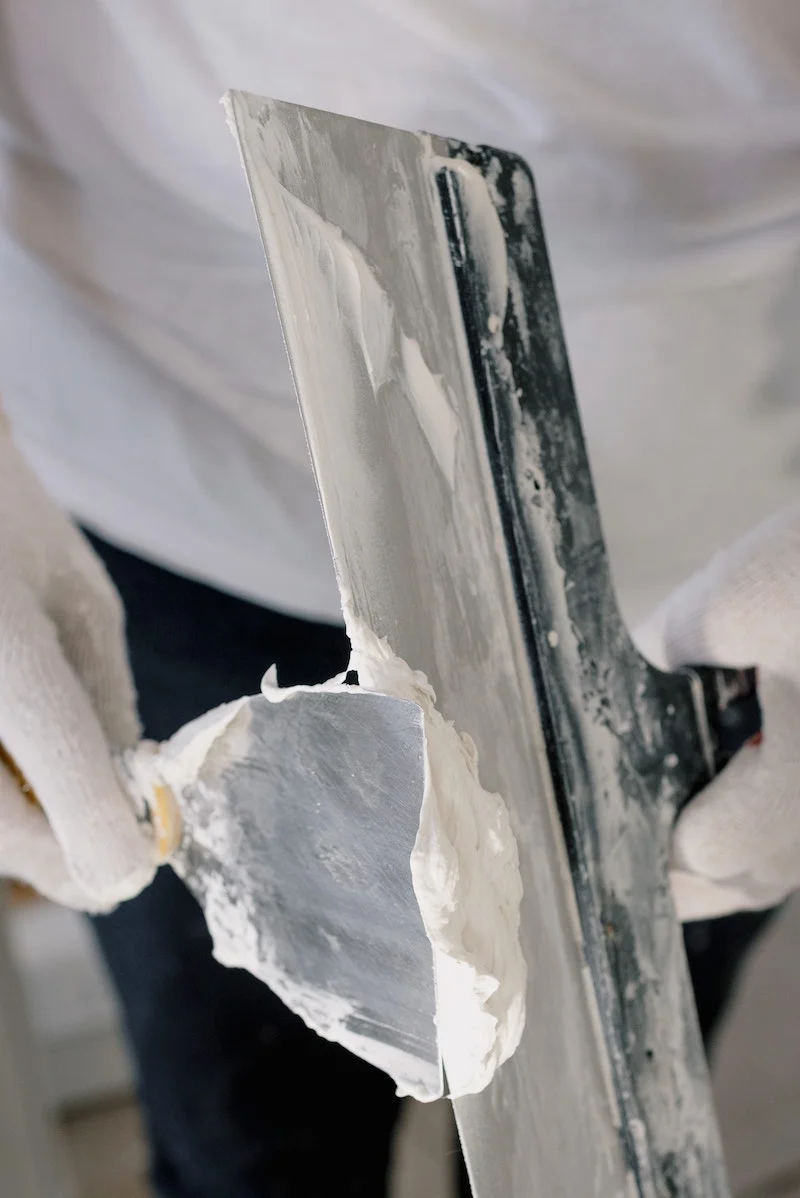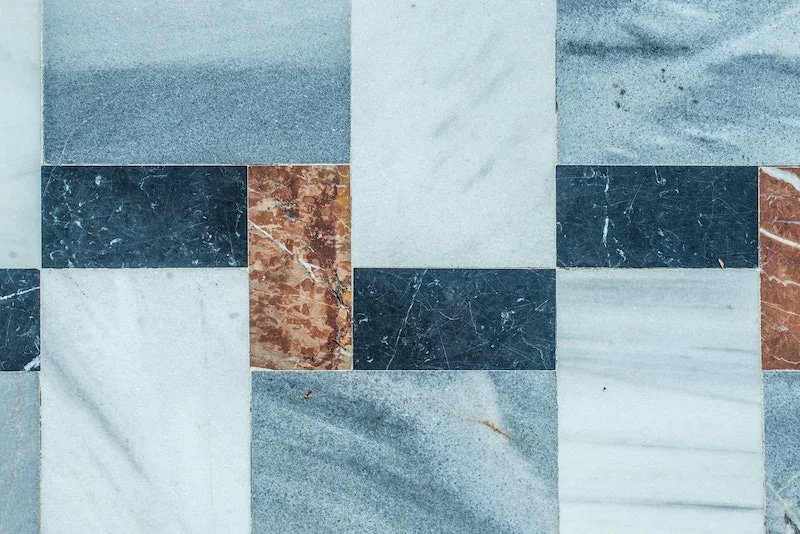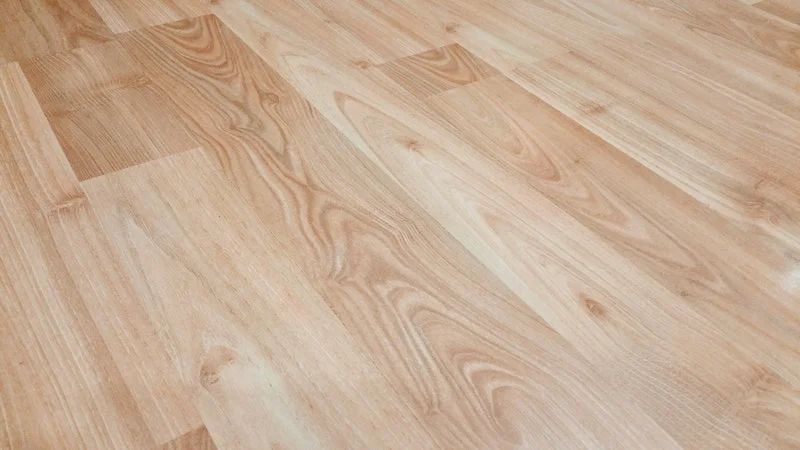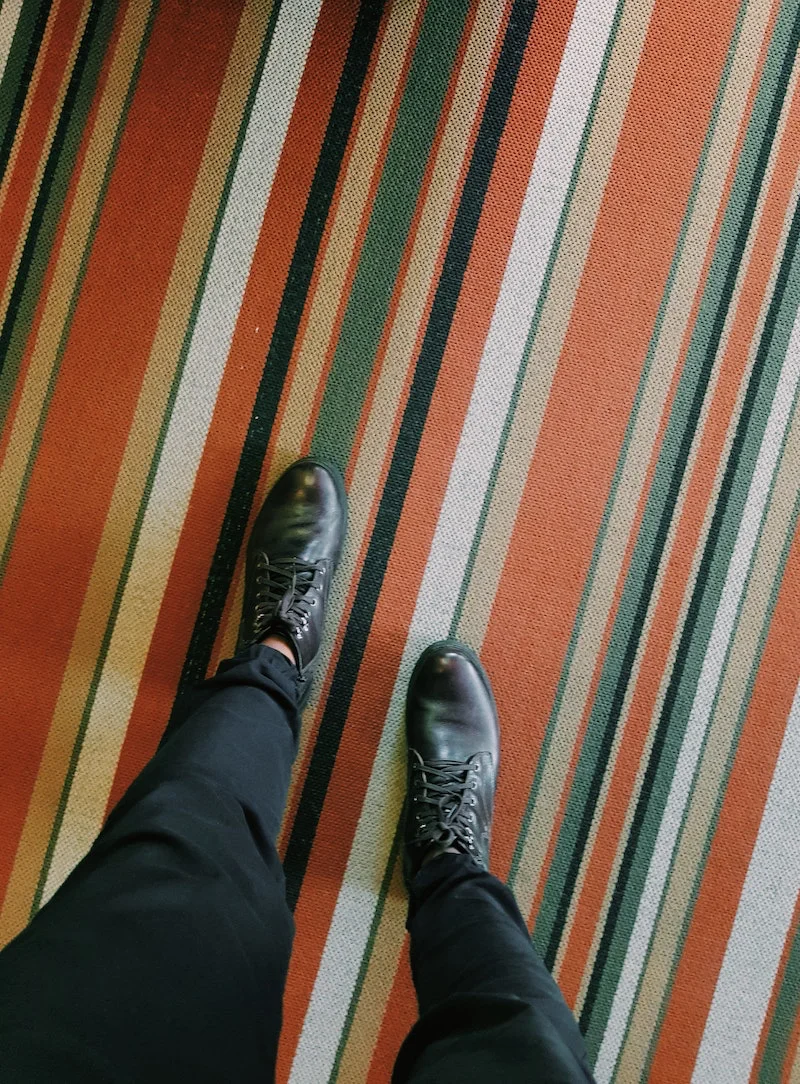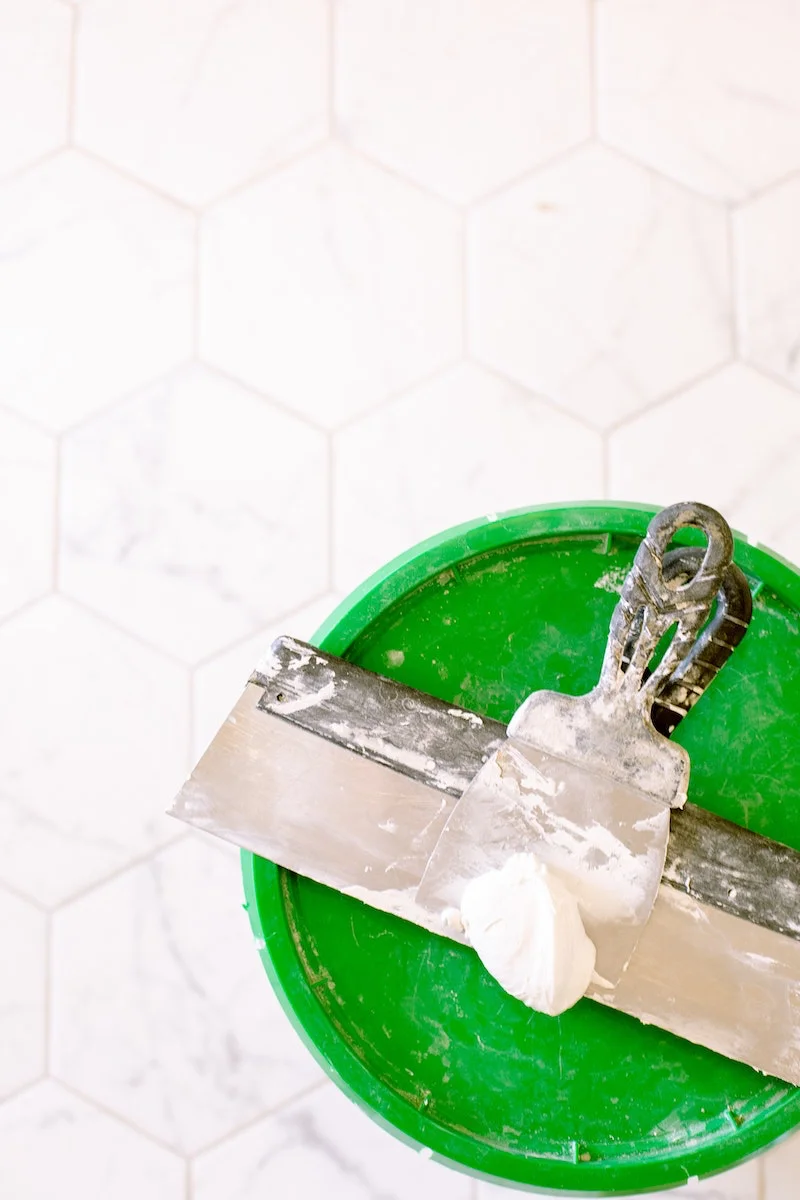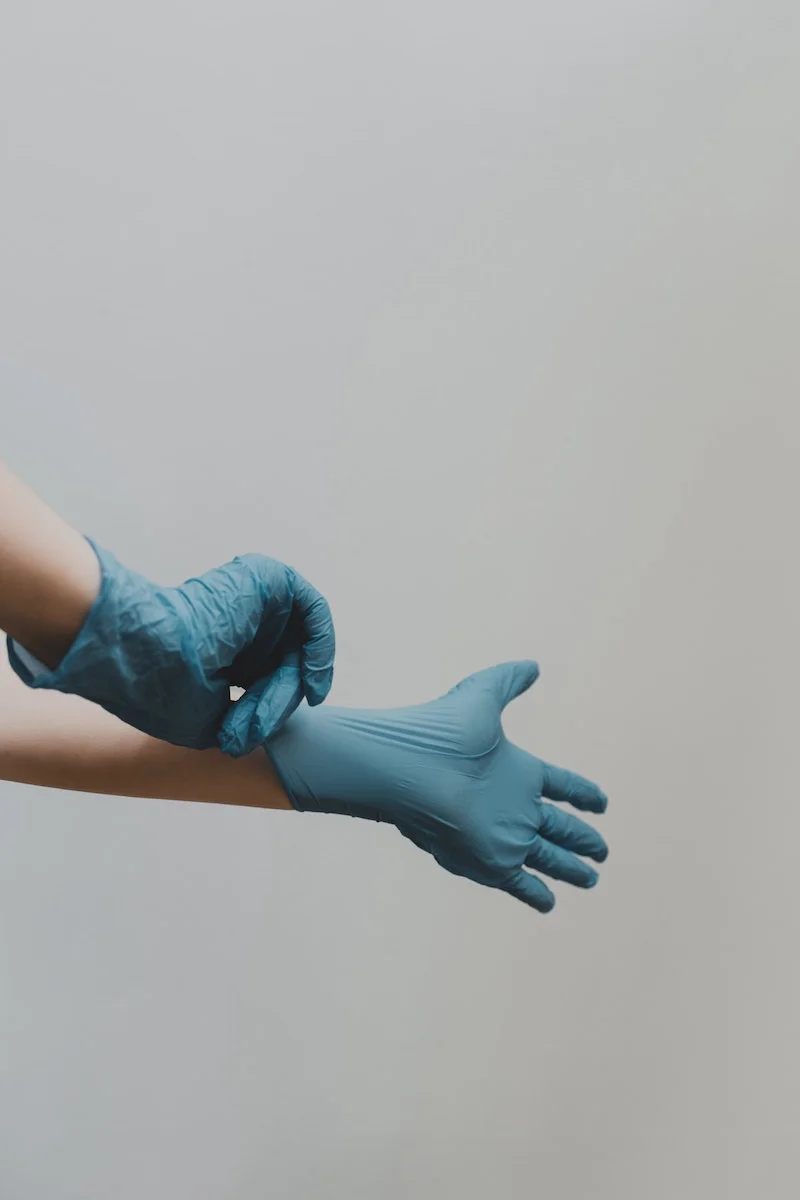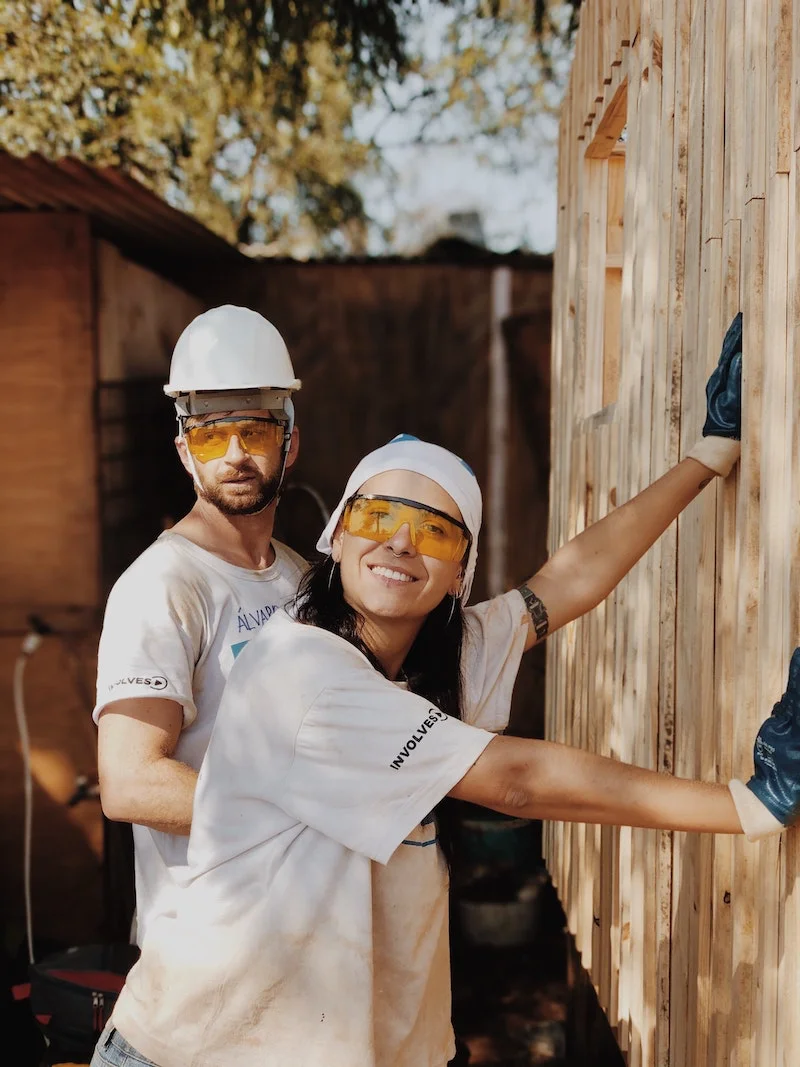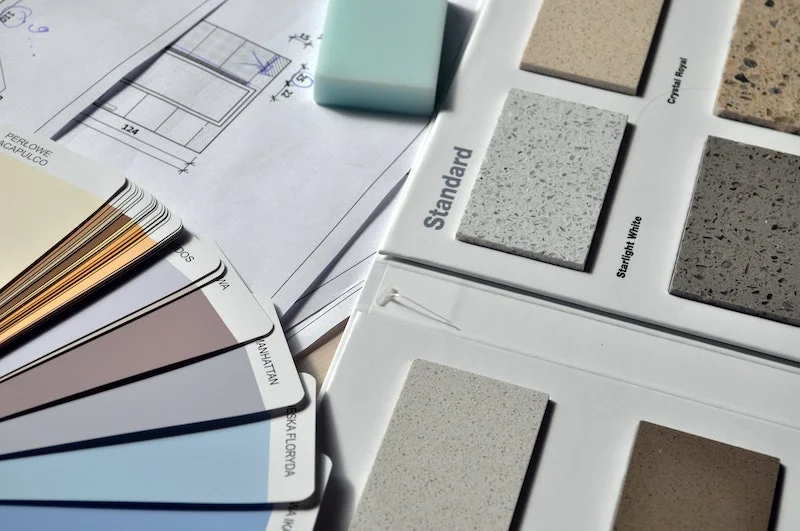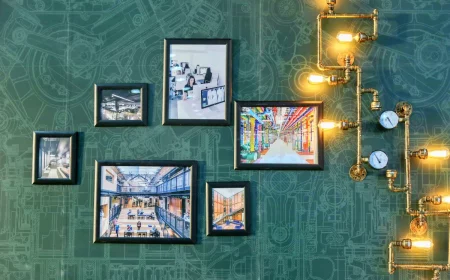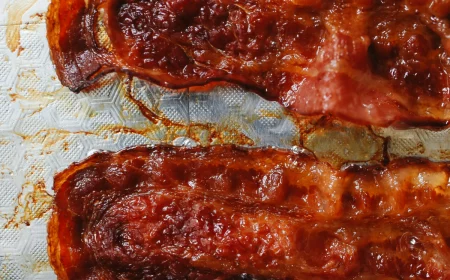The Ultimate Post-Construction Cleaning Guide (Everything You Need To Know)
Renovations are something you have to do sooner or later. Sadly, they are just a necessary evil. However, they are loud, expensive, time-consuming and even if everything goes according to plan they are still super messy. Most people often don’t realize how much work is still left even after the main renovations are done. Even though the workers might be finished, the homeowners job is just beginning. Now it’s time for the cleanup. However, cleaning up after any types of renovations isn’t easy. That’s why today we are going to help make your life a little easier with our post-construction cleaning guide.
Renovations are something you have to do sooner or later
Ultimate Post-Construction Cleaning Guide
Before you whip out your broom, it’s important to speak with your contractor and have one final walk through to ensure that everything is as it should be. You don’t want to be stuck with ant repairs or issues you need to tend to. After you’ve ensured all is tip-top, comes the cleaning. Now you have two options. The first and easier on is to call in the professionals. Professional cleaners have the right equipment, know all the safety protocols and can handle the intensive work. However, hiring a cleaning crew isn’t cheap. So, if you want to do it on your own, we understand. However, before you begin, you need to learn what you’ll need and how the process should go along. Let’s take a look.
You need to learn what you’ll need and how the process should go along
#Cleaning Supplies
You can’t clean effectively without the right cleaning supplies, tools, and equipment. That’s why you’ll need to stack up. If you don’t have some equipment you can always rent it out from your local cleaning company. Of course, what you’ll need and how much you’ll need will vary depending on how big the renovation is. Here are some things you may need:
You can’t clean effectively without the right cleaning supplies, tools, and equipment
- Broom (soft-bristle and stiff-bristle)
- Handheld brush
- Dustpan
- Mop and bucket
- Cleaning cloths (old rags)
- Microfiber cloths
- Duster
- Sponges
- All-purpose cleaner (or dish soap)
- White vinegar
- Trash Bags
- Hydrogen Peroxide
- Window Cleaner
- Water (warm and cold)
- Ladder
- Putty Knife
- Vacuum Cleaner (with HEPA filter)
- Wet/dry Vacuum
- Carper Cleaner
- Power Washer
- Floor Polisher
- Dumpster
If you don’t have some equipment you can always rent it
#Personal Protective Equipment (PPE)
It’s very important to take your safety into consideration while cleaning up construction work. It’s not uncommon for contractors to leave broken glass, sticking out nails, and other sharp surfaces. Not only that by breathing in the huge quantities of dust or getting it your eyes can also cause harm. That’s why we strongly recommend to always gear up with PPE when starting to clean. Here is what you’ll need.
It’s very important to take your safety into consideration while cleaning
- Closed-toe, rubber soled shoes
- Rubber gloves
- Dust masks
- Eye protection
- Cleaning Suit
We strongly recommend to always gear up with PPE when starting to clean
#Cleaning Order
Before you start to tackle the post-construction cleaning process, it’s always a good idea to sit down and have a logical plan and approach to the process. This will help save you time and make the process more efficient. There are some things you need to take into consideration.
It’s always a good idea to sit down and have a logical plan and approach to the process
The first one being that it’s best to start cleaning from the farthest point from the front door and work up to down, as well as in to out. This way you’re moving the dirt and dust outside, not bringing it in and moving it around. Another thing you need to do is to seal off any rooms that are not affected by the renovation with plastic sheeting and masking tape. This way you will avoid the mess getting into those spaces. Then you need to keep in mind that the cleaning process has three steps – rough cleaning, deep cleaning and a touch up cleaning. After that you are done, and it’s time to design your space.
The cleaning process has three steps – rough cleaning, deep cleaning and a touch up cleaning
#Rough Cleaning
Rough cleaning always starts by removing all the different kinds of dust that may be lying around the space. It’s important to keep in mind that different types of dust require different types of cleaning techniques. So, before you start cleaning anything else make sure to check out our article on how to remove post-construction dust.
Rough cleaning always starts by removing all the different kinds of dust
The next stages in rough cleaning include getting rid of any major construction debris, any sources of dirt, getting rid of spots and stains that may be caused by adhesive residue or caulking splashes. It’s also the step in which it’s best to wipe down the doors, windows, and partitions. Make sure to remove any stickers found on appliances, glass, doors and so on. Now is also the time when you wash down the walls, frames, and baseboards and where you sweep and vacuum. Of course, this won’t make the area sparkle, but it will remove the majority of the mess and chaos. This will make it easier for you to continue onto the next step.
The next stages in rough cleaning include getting rid of any major construction debris
As we mentioned a big part of rough cleaning is getting rid of residue, dirt and bigger messes. Some of the most common messes left behind is from spackling paste. It can get everywhere. However, depending on the surface it’s on, the cleaning technique is different. Here is how to deal with leftover spackling paste on different surfaces.
A big part of rough cleaning is getting rid of residue, dirt and bigger messes
#Cleaning Spackle off Tiles
Getting spackle off tiles is fairly simple. Just take a damp cloth and wipe away as much as you can. Then use a dry towel. Repeat this until it all comes off. If it doesn’t budge, you can try to scrape it off as much as possible with a plastic putty knife. Cover up what remains with a damp towel, so it can soften up and scrape it off again.
Getting spackle off tiles is fairly simple
#Cleaning Spackle off Wood
Wooden surface can suffer from water damage unlike tiles, so it’s important to keep them as dry as possible. All you need to do is wipe away any wet spackling in sight with a dry towel. Then use either white vinegar or window cleaner on the residue, but use it sparingly. If the spackling is dried, use some wood oil to soften it up and scrape it away with a plastic putty knife.
All you need to do is wipe away any wet spackling in sight with a dry towel
#Cleaning Spackle off Carpets
It’s best to not try to wipe away the spackle from carpets as it will cause damage. What you should do instead is to let the paste dry and then clean it by breaking it up and vacuuming as much of it as possible. Then just spray the left on spackling paste with some carpet cleaner and blot it with paper towels.
Let the paste dry and then clean it by breaking it up and vacuuming
#Deep Cleaning
Now that the rough cleaning is done, it’s time to deep clean. It’s time to go back to the property and remove all the remaining dirt. Even though you may be thinking you did an amazing job with cleaning during the rough stage, dirt, and dust tends to get moved around. It often settles after the first pass, so that’s why it needs to be cleaned again. During this stage make sure to start from the farthest point of the exterior and work down and out.
It’s time to go back to the property and remove all the remaining dirt
Start by making sure the bathrooms and kitchens are cleaned. Then tackle the windows, glass doors and the shower spaces. Make sure to wash the doors again, as well as the walls, baseboards and any cabinets. Dust any light fixtures and wipe down the bulbs. Then with a vacuum cleaner remove all the dust from the HVAC filters and the vents. Finish up by washing the floors or carpets, as well as any soft furniture.
Make sure to wash the doors again, as well as the walls, baseboards and any cabinets
#Touch-Up Clean
This is the final stage of post-construction cleaning. The following days after you’ve done the deep cleaning you may start to notice that even more dust has started to settle onto the flat surfaces. Don’t let that make you feel defeated. This is completely normal. Now it’s time to do a final wipe down on all the surfaces, clean the windows for the last time, dust and clean any light fixtures. Now is the time to pay attention to the places you usually forget to clean. Take care of the door handles, remove any finger smudges, get the small corners and so on.
This is the final stage of post-construction cleaning
#Clear The Air
Now that the majority of the dust, debris, and dirt is gone, it’s important to ensure the air is clear. Some of the best ways to do so it to use vacuums with HEPA filters, clean out the air vents, and replace any dirty air filter. A fun way you can also clean the air is to also bring in some air-purifying plants into your new space to ensure the air stays nice and fresh.
Make sure to clean out your air filter
This was the ultimate post-construction cleaning guide. We hope you found this article useful. Now you have everything you need to know in one place and can start cleaning up. Good luck!
This was the ultimate post-construction cleaning guide
Sources:
